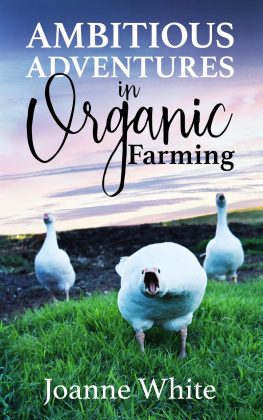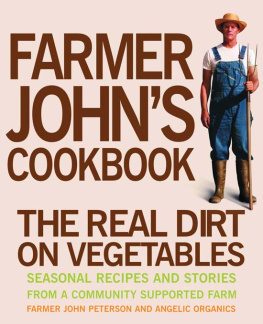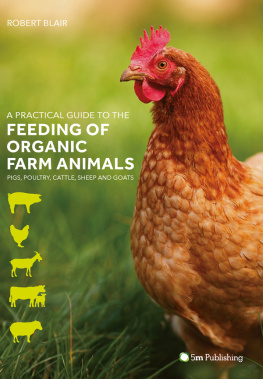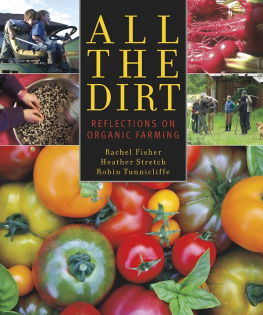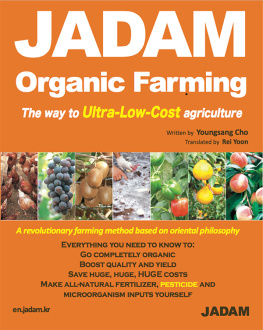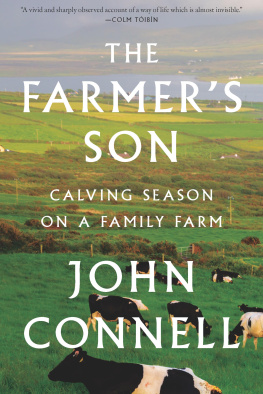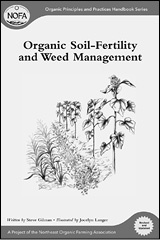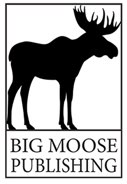Copyright 2021 Joanne White. All rights reserved.
Cover Photo Credit: Harry White
Cover Design Credit: @Nenad Jin
Published by: Big Moose Publishing
PO Box 127 Site 601 RR#6 Saskatoon, SK CANADA S7K3J9
www.bigmoosepublishing.com
All rights reserved. No part of this book may be used or reproduced by any means, graphic, electronic, or mechanical, including photocopying, recording, taping or by any information storage retrieval system without the written permission of the author except in the case of brief quotations embodied in critical articles and reviews.
Because of the dynamic nature of the Internet, any web addresses or links contained in this book may have changed since publication and may no longer be valid. The views expressed in this work are solely those of the author(s) and do not necessarily reflect the views of the publisher, and the publisher hereby disclaims any responsibility for them.
In the event you use any of the information in this book for yourself, which is your constitutional right, the author and the publisher assume no responsibility for your actions.
Printed in Canada.
ISBN: 978-1-989840-29-0 (soft cover)
ISBN: 978-1-989840-30-6 (e-book)
Big Moose Publishing 10/2021
Part 1: Sheeping
Its March a brutally cold time of year on our farm, which is nestled between the small towns of Lumsden and Regina Beach in Saskatchewan. There is still a good layer of snow on the ground. Such weather has necessitated a vigilance in watching our pregnant ewes to be sure they dont drop a tiny, wet, newborn lamb onto snow-laden, frozen ground.
Our flock of sheep came to us from a neighbouring farm. It consisted of thirty ewes and one very proud ram whod done his duty (with all thirty of them prior to their arrival on our farm).
While horses and cows (and probably anything else that is bigger than me) make me nervous, I actually rather like sheep. Their version of aggression seems to be an enthusiastic stampede towards the promise of food, swiftly followed by a nervous retreat, if there turns out to be no food on offer after all. They have a sort of part-time fear of humans.
Weve had sheep before. Two farms ago we had a small flock which Jimmy endeavoured to shear single-handedly, while I stood on the sidelines with a bottle of iodine at the ready for the inevitable cuts and nicks. After the first sheep, he decided he would never attempt shearing again with sweat pouring from everywhere and a wriggling ewe that had spent well over half an hour determined to escape his stockinged-feet grasp. But, after the twelfth and final sheep, a misplaced form of victorious confidence took hold, a lot like that endorphin high at the end of a gruelling 26-mile marathon where a triumphant runner believes he could do it all again tomorrow. Jimmy decided the whole ordeal was a conquest to be not only celebrated, but also most certainly repeated!
But this time, it wasnt an intense afternoon of shearing; it was more than a month of lambing. For those who arent familiar, lambing is caring for pregnant ewes and watching over them to ensure the lambs are born safely. You have to check on them day and night to make sure there are no complications.
No doubt the seasoned shepherd will raise an eyebrow and call me a lightweight, but I find the midnight vigils combined with the 5:00am vigils to be utterly exhausting. I only did this twice. It is Jimmy who does the lions share of ewe-watching, with late nights, midnights, and dark oclocks in the mornings, right on the heels of his regular school-bus driving job.
Some of our darlings have done a fine job of birthing all by themselves, cleaning up baby and successfully nursing with nary a midwife nor La Leche League advisor in sight. Others not so much.
Our first casualty was a second lamb of twins. Mrs. Ewe delivered the first just fine one evening, and seemed to be quite settled. Jimmy made the erroneous assumption that it was a single birth.
That morning, Jimmy began his rounds as usual at about 5:00am. He went out and milked the cow, gave hay to the cattle, came in for breakfast and our very English pot of tea, and then headed out on his school bus run. I also did my usual morning rounds which involved me rallying our four children, who still lived at home and attended the local grade schools.
Once Jimmy returned from his bus route, we tackled the remaining farm chores together, which, at that time of year, included food rations of mixed grains and hay (all organic, of course) for all our livestock, depending on who they were and what they needed, and any required water top-ups.
We noticed our mama had no interest in her grain, which is a big indication that all was not well in her world. As Jimmy continued his feeding rounds in the barn, I stood and watched her for a while. She was decidedly not settled any more.
A neighbour visited with a wealth of sheepy experience of his own. Thats when we realized she had been pregnant with twins and hadnt delivered the second, now dead, lamb. Between the two men, a good portion of the morning was spent trying to remove it. It is a sad thing to see something so small and lifeless. Jimmy felt terrible that he hadnt checked more thoroughly the previous evening, but there was nothing to be done to change it.
I delivered the carcass to the pigs.
It may seem awful and heartless, but we couldnt bury our dead lamb; the ground was still frozen. I also didnt want to dump our dead lamb in the perimeter bushes, because it would attract predators. Since pigs are omnivorous, they could make use of the nutrition imparted to our dead lamb over the course of Mrs. Ewes pregnancy. It would help the pigs who hadnt found many grubs to scavenge since the big freeze, and it would successfully process a lost lamb into a combination of pork-building nutrients and soil-feeding manure. I saw it as a win-win. Truly, our hearts knew this to be the best course for all involved.
The next casualty was Mrs. Ewe herself. With no antibiotics onhand right away, it was later that day when Jimmy returned from the vet with a bottle and some needles.
Mrs. Ewe was managing very poorly and our two youngest daughters, ever eager to bottle feed the newborn, fed her surviving lamb with milk replacement feeds throughout the day. Fifteen minutes after her first shot of antibiotics, Mrs. Ewe turned her toes up and breathed her last breath.
Our lovely neighbour offered to come and butcher her for us, but those antibiotics imposed a safe withdrawal period before recommending human consumption of meat. So, I delivered her carcass to the pigs as well.
With all that wool, I felt the pigs would need a bit of help to feed on her. I took our sharpest serrated carving knife, and slit her open from throat to udder, allowing the pigs unhindered access to her internal organs. You may think it was gross and disgusting, but I am all for that Circle of Life thinking. No one ever said farming was glamorous.
With many weeks to go until the pigs faced their own slaughter, the antibiotics would be long gone after their feasting.
Jimmy nicknamed me Big Butcher.
Dealing with dead bodies was not new to me. Many moons ago, I worked in a teaching mortuary in Manchester, England, that accepted human body donations or bequeathals, as they were called. Some years were lean pickings in terms of body donations and my colleague at the time would make Burke and Hare jokes about us goin out an doin a bit o killin over tweekend (he was a Yorkshireman) to improve the supplies for our resident doctors, dentists, surgeons, podiatrists, and paramedics. Conversely, some years yielded an abundance of body donations and we had what I can only politely refer to as left-overs.

